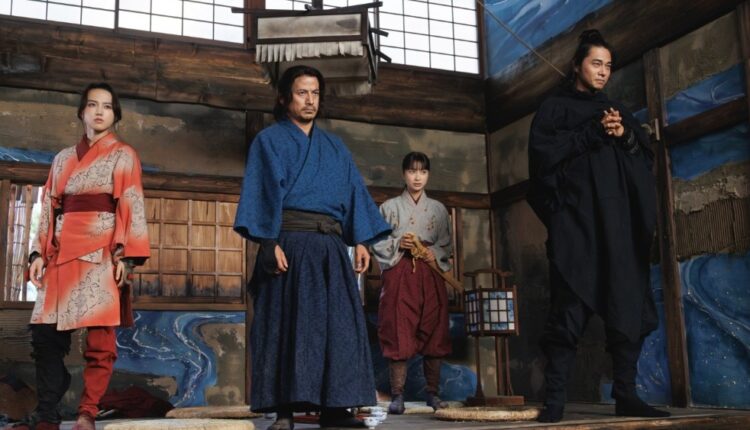In 1878, the age of the samurai has ended. Swords are banned, the class system has crumbled, and Japan’s warriors have become relics of a vanished era. Into this world steps “Last Samurai Standing,” Netflix Japan’s most ambitious historical series to date — a sweeping survival epic where 292 former samurai are drawn into a lethal contest for a JPY100 billion prize and the chance to reclaim their honor.
Leading the project is Okada Junichi, who serves as star, producer and action choreographer. “It was extremely difficult,” he tells Variety. “As an actor, you should be selfish. As a producer, you think about budgets and logistics — it uses a completely different part of your brain. But when I read this script, I knew right away: this is the one.”
Okada’s character, Shujiro Saga, is a once-feared assassin who joins the brutal tournament known as Kodoku to save his ailing wife and child. The story opens at Kyoto’s Tenryu-ji Temple, where 292 participants gather for the first battle — a vast, night-long melee staged without digital enhancement. “Every person on that battlefield was a cast member or part of the action team,” Okada says. “We filmed through the night for days — it was exhausting but unforgettable.”
Adapted from Naoki Prize-winning author Imamura Shogo’s novel “Ikusagami,” the series reunites Okada with director Fujii Michihito after their collaboration on “Hard Days.” Fujii, known for his Japan Academy Prize-winning “Shoutai (Faceless),” brings grounded realism and emotional intensity to the large-scale action. “We believed that by infusing the story and action with the spirit and aesthetics unique to us as Japanese, we could resonate with viewers around the world,” he says.
The show arrives at a time when global audiences are embracing ambitious Asian epics such as “Shogun” and “Squid Game.” While Netflix Japan content head Sakamoto Kaata invoked those titles when unveiling the slate, Okada stresses that this project stands on its own. “I like both shows, and we’re pleased to be compared with such successful works,” he says. “But what’s overwhelmingly different this time is that what we’re making is an action drama set against the backdrop of Japanese period storytelling.”
Fujii sees the Meiji-era collapse of the samurai as a metaphor for identity in transition. “Tradition survives through innovation,” he explains. “Our generation wanted to reinterpret the legacy of period drama with respect, but also with the energy to say, this is cool.” Okada adds, “I’ve always wondered why period dramas ended up as something only older generations watch. Over time, they became more about tradition than entertainment. Finding a human story that connects past and present was the real challenge.”
Production designer Miyamori Yui introduced a recurring leaf-vein motif symbolizing fate and fragility, appearing throughout the series from ceremonial backdrops to costume textures. The ensemble cast includes Ito Hideaki, Ninomiya Kazunari, Yoshioka Riho, Kiyohara Kaya and rising newcomer Fujisaki Yumia. Acclaimed actor Hiroshi Abe (“Trick,” “I Wish,” “Godzilla 2000: Millennium”) joins the lineup as Gentosai Okabe — a towering, enigmatic figure with long white hair and an unsettling presence. Feared as a “monster” by other participants, Okabe disrupts the game’s fragile balance even further.
Shot on an unprecedented scale for a Japanese series, “Last Samurai Standing” combines visceral sword-fighting realism with emotional storytelling. As Okada reflects: “When my character finally broke through Tenryu-ji, I felt that our long journey — both in the story and as filmmakers — had just begun.”
“Last Samurai Standing” premieres worldwide on Netflix on Nov. 13.


